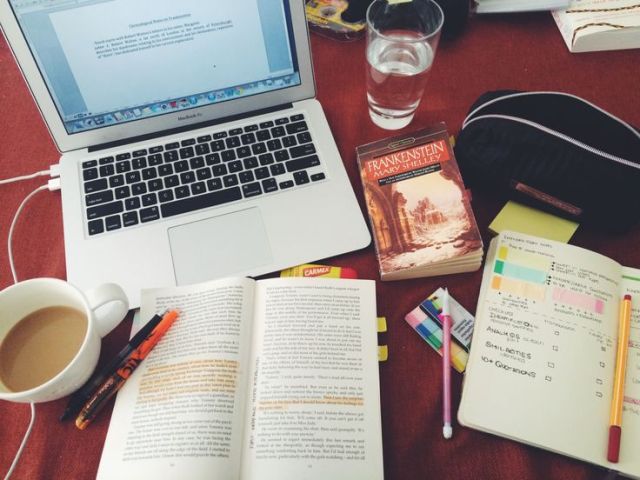We’d like to thank you for tuning in with our great debate between Classic vs. Modern Learning Tools. When living in this day and age, it is not practical to completely eliminate technology, but we hope our extensive posts have helped you learn the importance of having classic learning tools remain in the classroom. From the virtues of physical tools to the potential costs associated with digital tools, there is still room for discussion on the ever-changing status of the classroom and what is required.
Throughout our blog, we have emphasized our opinion over classic learning tools vs. technology and given numerous articles, studies, research and survey information to establish positive sides of classic learning tools. Technology may be good but technology is not everything, specifically as a learning tool. We should have a balance between traditional learning and gadgets. Technology has taught us how to find information quickly and easily but we need to also be able to understand and use the information we find. Having the skills to use technology is important but knowing how to use a dictionary, spend the time to read a book, write by hand and other classic skills will help in using the information and technology as a tool not as a crutch. Technology should be used to help with education but not be a substitute for physical and mental actions.
Though we have been working for only 4 short weeks, we hope that our message has reached enough people to make a difference no matter how small. We created this blog to help people make educated decisions about choosing the right tools for school. We hope our extensive posts have helped you find your own balance between technology and tools in the classroom. We have really enjoyed writing this blog and we hope you enjoyed reading it. Just remember it’s not always beneficial to take the easy way. Sometimes, taking the easy comes way comes with consequences that outweigh the benefits. Balance is key.










